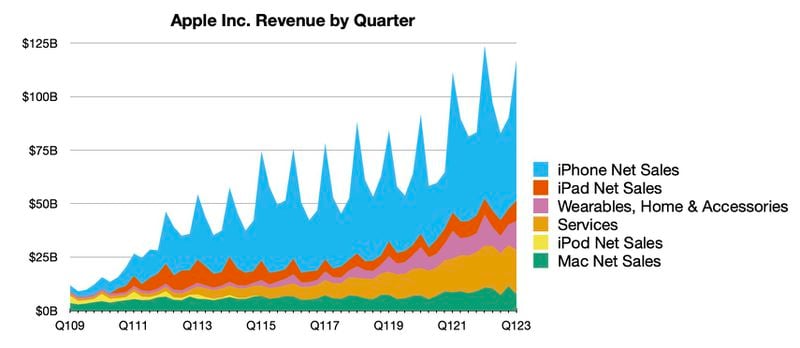Unified memory access is preferable, though it can be done with external GPUs as AMD did with EPYC Trento and MI250X for supercomputers; AMD simply modified the IO die to include dGPUs in the unified memory space via Infinity Fabric. Apple simply isn’t interested. AMD’s next MI300 is more akin to a very large GPU with a CPU on-package with a ton of HBM3. Should also be noted that Apple still refuses to do business with Nvidia.
Generally, Apple designs their silicon around optimal perf/W of the silicon itself (obviously, right?). Their parts rarely exceed 3.6-3.8GHz as the V/F curve moves outside of the optimal range. I’m sure Apple could boost their big-cores to something like 4.8GHz, but due to design constraints, it’ll end up consuming much more power for a meager 3-5% gain. Why? AMD and Intel purposely dedicate transistors for higher clocks (millions of them in order to maintain optimal clock cycles even at higher speeds), while Apple does not. So, pushing beyond intended design doesn’t bring magical benefits for Apple. It’s a steep regression in perf/W instead, as critical parts of the architecture will lengthen clock cycles per instruction or operation to prevent errors; if there are multiple clock domains, parts that can’t run at 4.8GHz will stay at lower clocks, causing an imbalance in the architecture. You simply can’t force silicon designed for efficiency to perform well outside of its design parameters.
This applies to M2’s iGPU as well. It operates at 1200MHz where AMD and Nvidia are pushing over 2500MHz because extra speed aids the entire architecture, especially fixed function parts that don’t scale as well as actual compute logic; fixed function is exactly what it sounds like, doing one thing exceedingly well in hardware (something Apple uses in the form of various in-die accelerators). Things like rasterizers, ROPs, and yes, ray tracing units. To improve fixed function units, you either need more units (extra die space) or higher clocks or you can simplify the operations FF units do and offload some computation to scalable compute units at a cost of power consumption. Media codecs are also fixed function, but reside in a different area of the GPU and have their own clock domains. The same rule applies though.
Anyway, tl:dr - Dedicated external GPUs are possible within unified memory space, but Apple wants you to use its silicon instead of wasting all of the die space they dedicated for M2’s iGPU.


